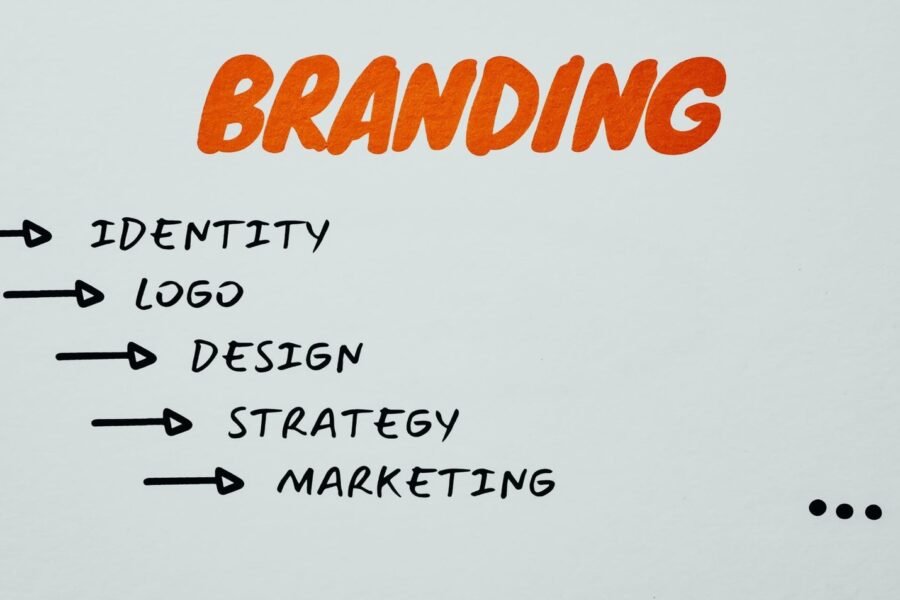Are you wondering how long it really takes to get your first sale on Etsy? Many new sellers are eager to see results quickly, but the timeline can vary. In this guide, you’ll learn what affects your first sale, how to set up for success, and proven tips to start making money on Etsy.
Understanding Etsy’s Marketplace and What Drives First Sales
Etsy is a huge online marketplace with over 90 million active buyers as of 2023. It connects people looking for unique, handmade, vintage, or personalized items with creative sellers. However, with millions of shops, competition is tough. Your first sale on Etsy doesn’t just depend on listing a product. It’s about how you position yourself in the marketplace.
Most new sellers wonder, “How long until I get my first order?” There is no single answer. Some sellers make a sale within days, while others might wait weeks or even months. Factors like your product niche, listing quality, pricing, and marketing all matter.
Key points to remember:
- Etsy buyers look for items that feel special or one-of-a-kind.
- Shops with strong branding and clear, appealing photos attract more views.
- Understanding Etsy’s search and using the right keywords can boost your chances.
Seasonal trends also play a role. For example, shops selling wedding or holiday items may see spikes during certain months. Being aware of these trends can help you plan your launch and promotional efforts.
Setting Up Your Etsy Shop for a Fast Start
First impressions matter a lot on Etsy. Setting up your shop the right way can make a big difference in how quickly you get that first sale. Start by picking a memorable shop name and designing a logo and banner that show your style.
Optimizing your product listings is essential. Write clear, detailed descriptions that explain what makes your items unique. Use high-quality photos that show your products from different angles and in good lighting. Many sellers see an increase in sales just by improving their photos.
Your shop policies and About section should be filled out completely. Buyers feel more comfortable when they know who they’re buying from and what to expect regarding shipping, returns, and custom orders. Shops with detailed profiles and friendly introductions often earn trust faster.
Make sure to fill your shop with a variety of products. Shops with at least 10 listings tend to get more visibility in Etsy’s search results. More listings mean more chances for buyers to find you.
Pricing and Product Strategy for Your First Sale
Pricing your products right can be tricky. You want to cover your costs and make a profit, but you also need to be competitive. Look at what similar items are selling for and consider the quality and uniqueness of what you offer.
Start by listing a mix of products at different price points. Having low-cost options can attract first-time buyers, while higher-priced items can show the value of your craftsmanship. Some successful sellers offer discounts or free shipping on their first sale to encourage buyers to take a chance.
It’s important to calculate your costs carefully. Include materials, time, packaging, and Etsy’s fees in your pricing. If you’re not sure where to start, make a simple table to keep track:
| Cost Type | Amount |
|---|---|
| Materials | $5.00 |
| Time (per hour) | $10.00 |
| Packing & Shipping | $3.00 |
| Etsy Fees | $1.00 |
Review your prices regularly, especially as you learn what customers are willing to pay and what your competitors are doing.
How to Get Found: Etsy SEO and Marketing Tips
Getting your products in front of buyers is crucial. Etsy uses its own search engine, so using the right keywords in your titles, tags, and descriptions is key. Think about what your ideal customer would type to find your product.
Include both broad and specific long tail keywords, such as “personalized silver name necklace” or “handmade soy candle gift set.” Update your keywords as you see what works.
Marketing outside Etsy can also make a difference. Start by sharing your listings on social media platforms like Instagram, Pinterest, or Facebook. Show behind-the-scenes photos or share the story of how you make your items. This helps build a connection and trust with your audience.
Joining Etsy teams or forums can give you extra support and tips from other sellers. Sometimes, a small push from the community can make a big difference in how fast you get noticed.
Tracking Progress and Adjusting Your Strategy
After you open your shop and list your products, keep an eye on your stats. Etsy provides tools that show how many people visit your shop, where they come from, and which listings get the most attention.
Use this feedback to adjust your approach. If certain products get lots of views but few sales, try changing your photos or tweaking your descriptions. If your shop isn’t getting much traffic, revisit your keywords and see if you can refine them.
Be patient and keep learning. Many top Etsy sellers say it took them a few weeks to get their first sale, but their success grew as they improved their listings and marketing. Persistence and the willingness to try new things are often the keys to early sales.
Common Mistakes That Delay Your First Sale
Some sellers make mistakes that slow down their success. One common issue is underestimating the importance of product photos. Blurry, dark, or cluttered images can turn buyers away instantly.
Another mistake is ignoring customer messages or reviews. Responding quickly and politely to questions can help turn curious browsers into buyers, while addressing negative reviews shows you care.
Pricing mistakes can also hurt your chances. Pricing too high can scare off buyers, but pricing too low might make your products seem less valuable. Find a balance that reflects your work and appeals to your target audience.
Don’t forget to review your shop regularly. Freshening up your listings and staying active in the Etsy community helps you stay visible.
What to Expect in Your First Few Months on Etsy
The first few months on Etsy can be a learning curve. It’s normal to feel excited and a little impatient for your first sale. Most sellers see slow but steady growth as they build their shops and learn what works.
Expect to spend time testing different product styles, photos, and marketing tactics. The more you engage with potential buyers and stay active, the more your shop will grow. As your shop gains reviews and sales, you’ll start to see more regular orders.
Some sellers report making their first sale within a week, while others take a month or more. The average new seller can expect a sale within the first few weeks if they stay active and keep improving.
Frequently Asked Questions
How long does it usually take to get your first sale on Etsy?
Most new Etsy sellers make their first sale within a few weeks, but it can take longer depending on your product, niche, and marketing. Shops with more listings and active promotion usually see sales faster.
What can I do to improve my chances of a first sale?
Focus on high-quality photos, clear descriptions, and the right keywords. Promote your shop on social media, set competitive prices, and stay active in the Etsy community to boost visibility.
Does having more products help me get sales faster?
Yes, shops with a wider range of products are more likely to be found in search results and appeal to more buyers. Aim for at least 10 listings to start.
How important are reviews for getting more sales?
Reviews are very important. Positive feedback builds trust and can encourage first-time buyers to purchase from your shop. Always follow up with customers for feedback.
Should I use Etsy Ads to get my first sale?
Etsy Ads can help boost your visibility, but make sure your listings are fully optimized before investing. Ads work best when you already have high-quality photos and detailed descriptions.









Leave a Comment